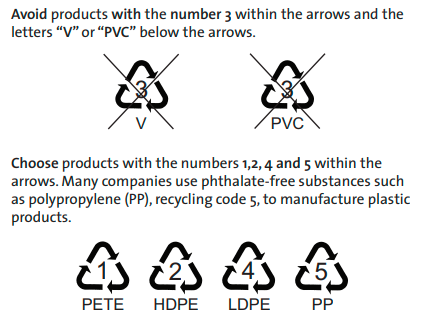Disease may be associated with plastic products
 May 08, 2023|
May 08, 2023| View:244
View:244Plastic products, has long penetrated our daily life, plastic bags, plastic boxes, disposable straws, clothes. They can all be found in our food and beverage packaging, clothing products, personal care products, and even our drinking water in the form of microplastics.
The relationship between plastic products and Allergy and Diabetes
There is so much plastic in life that it is hard to avoid it completely, but in terms of health, some high-quality, FDA-approved plastic products are generally low-risk, safe to use.
And other unqualified plastic products, may be quite harmful to human health. Take phthalates, a chemical added to certain plastics to make them more flexible. The plastic hardens over time because the phthalates leach out.
Increase the risk of allergies and diabetes
Plastics may also pose another potential health hazard, according to a study 2023 in the February 8 issue of the Journal of Clinical Endocrinology and Metabolism, women exposed to high levels of phthalates may have a 63 percent increased risk of type 2 diabetes. The study, from the University of Michigan School of Public Health, analyzed data from 1,308 women ages 42 to 52 over a six-year period.
The subjects were white, black, Chinese, Japanese, and Spanish. During this period, none of the women had taken any exogenous reproductive hormones (such as birth control pills or hormone replacement therapy) in the previous 3 months.

At the start of the project, the researchers asked for a urine sample using a PET (polyethylene terephthalate) tube. They froze the samples until 2017 and 2018, when they used mass spectrometry to measure the levels of 12 different phthalates and phthalate metabolites in each urine sample. Participants were followed up nine times to see if they had been diagnosed with type 2 diabetes. During the course of the study, 4.7 percent, or 61 participants, developed diabetes.
Urine samples from women with diabetes showed the presence of two phthalate metabolites compared with their non-diabetic peers, all of the detected phthalate metabolite concentrations were significantly higher. Phthalates may affect insulin, an important hormone involved in the regulation of blood sugar, which, if out of balance, can lead to insulin resistance and the risk of developing Type 2 diabetes.
Common phthalate component of plastic products
The CDC and the Environmental Protection Agency (EPA) report that phthalates are hidden in hundreds of commercial products, this includes some vinyl flooring, construction materials, wires, lubricants, soap, shampoo, Hair Gel, and other forms of plastic packaging, garden hoses, and even pipes for medical purposes.

In life, widely exist in: help lubrication and penetration of cosmetics, perfumes, toys, electronics, car care products, adhesives, cling films, plastic containers, wallpaper, shower curtains, etc. . The most commonly used phthalate compounds include:
BBP: Butylbenzyl phthalate (LMW)
DBP: di-n-butyl Phthalate (LMW)
DEHP: Phthalic Acid di (2-ethylhexyl) ester (HMW)
DEP: diethyl phthalate (LMW)
DiDP: Diisodecyl Phthalate (HMW)
DiNP: diisononyl phthalate (HMW)
DNHP: Di-n-hexyl Phthalate
DNOP: Di-n-octyl phthalate (LMW)
Since this information may not be listed on the package, a good rule of thumb is to look for the number"3" inside, as well as the letter"V" or"PVC" below, the triangular arrow recycling symbol is usually found at the bottom of the product to view the plastic type.







